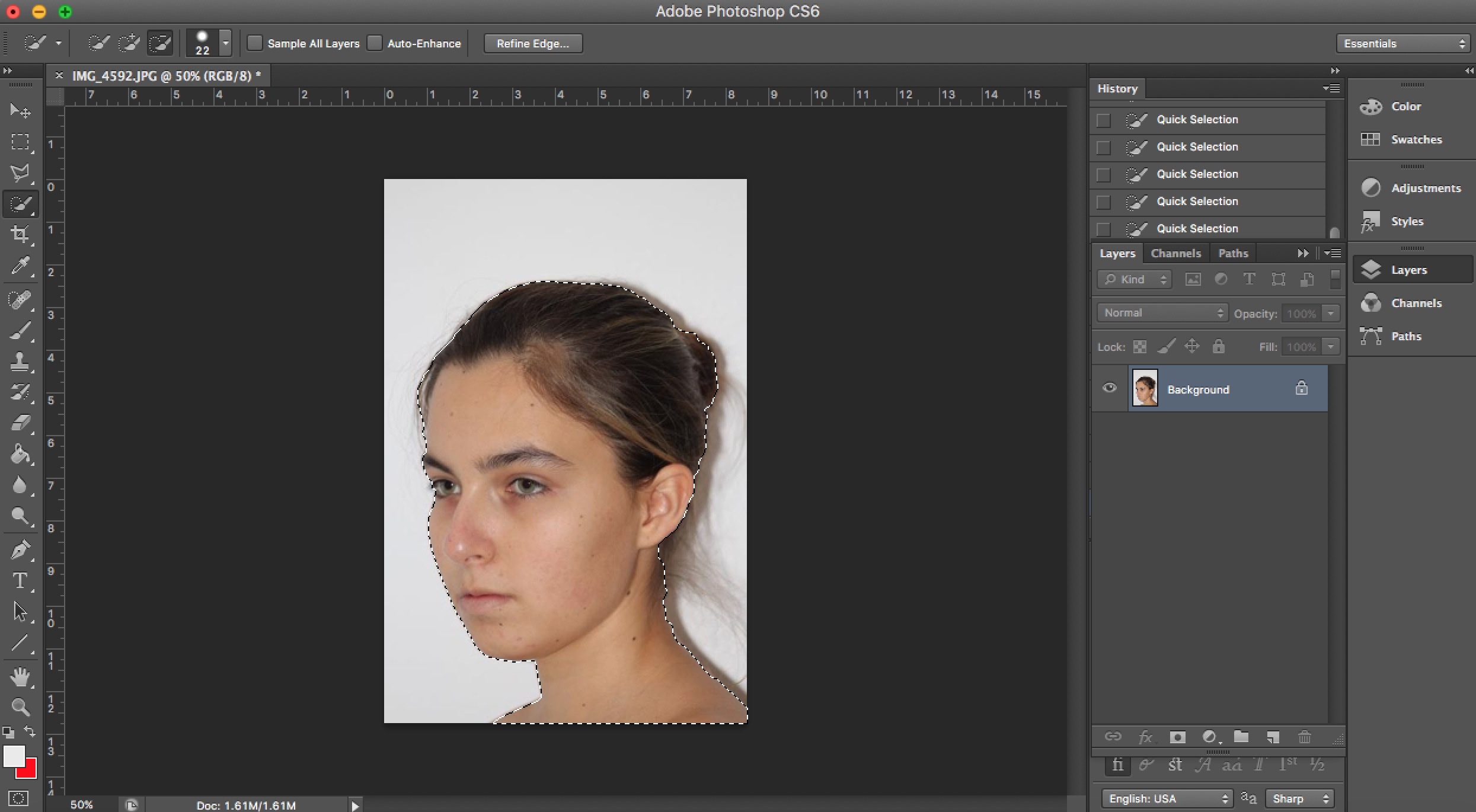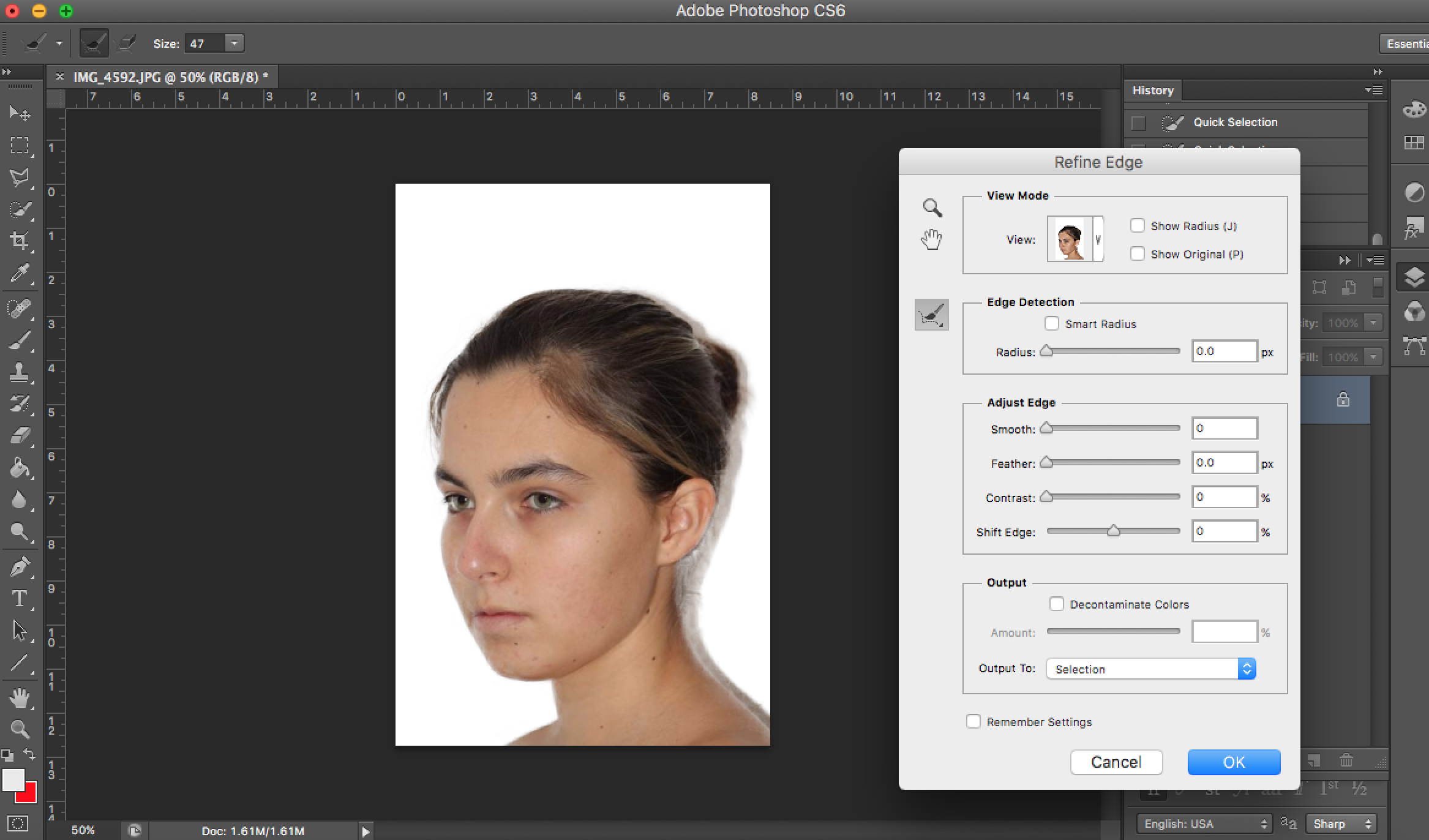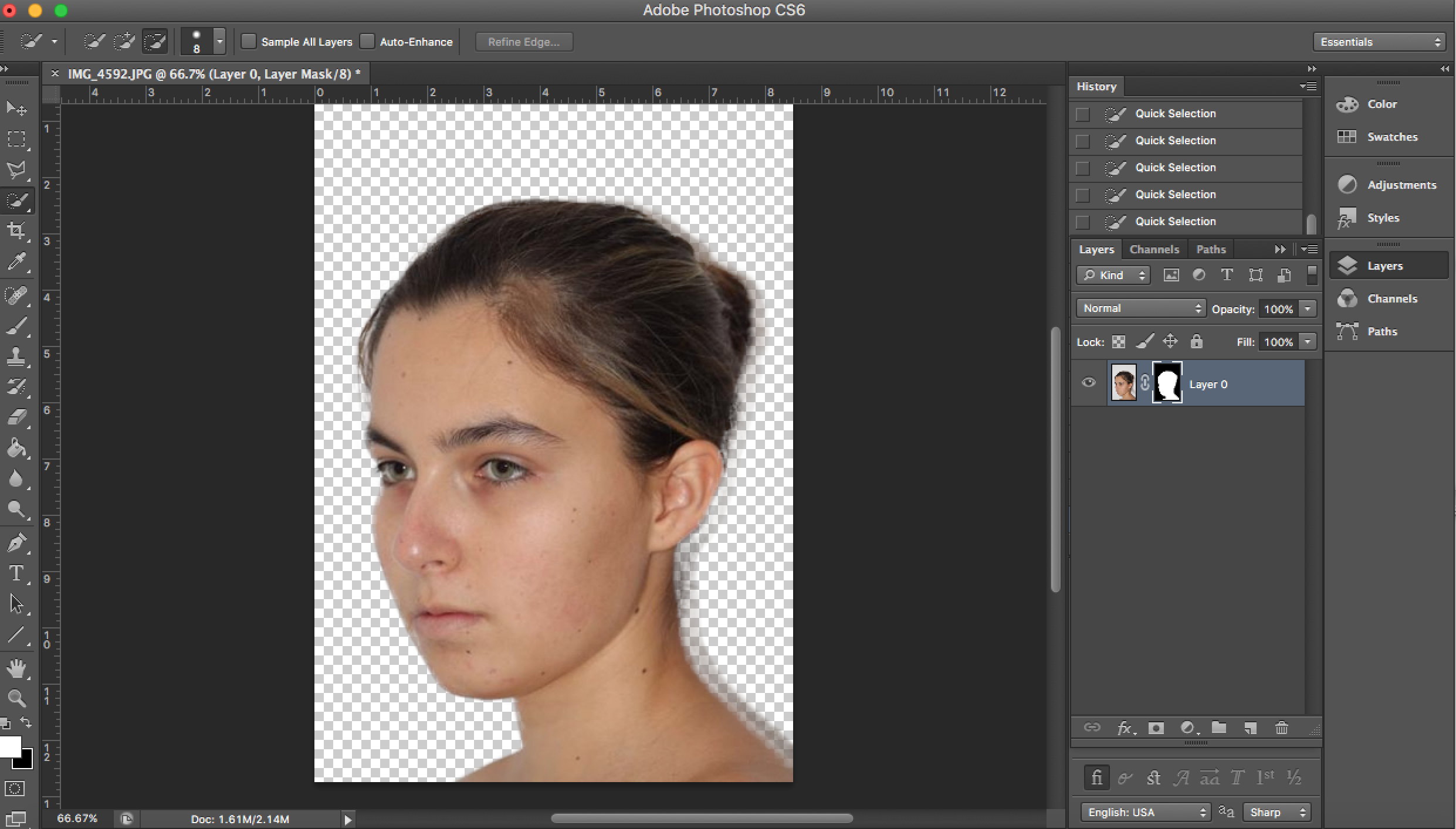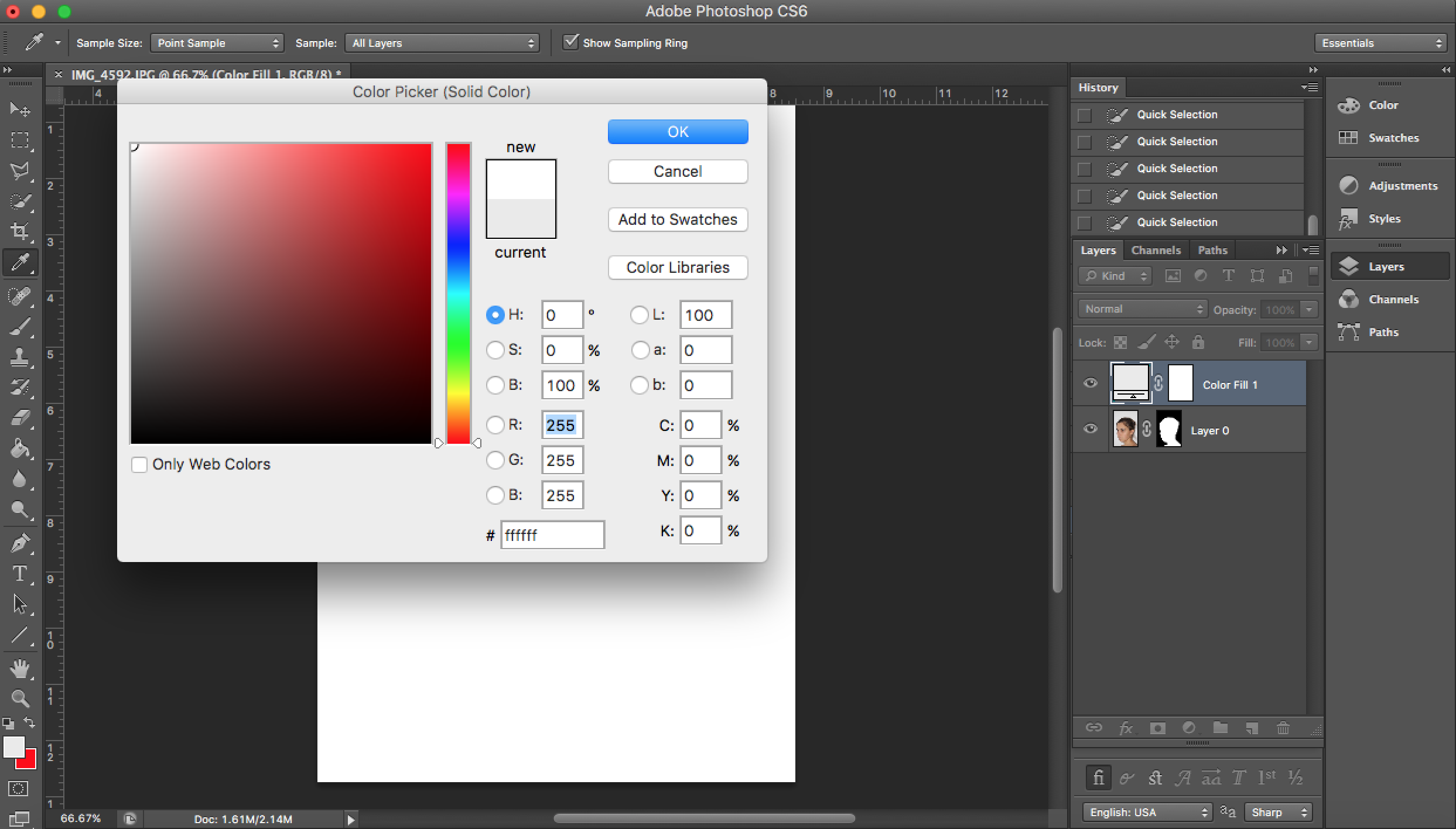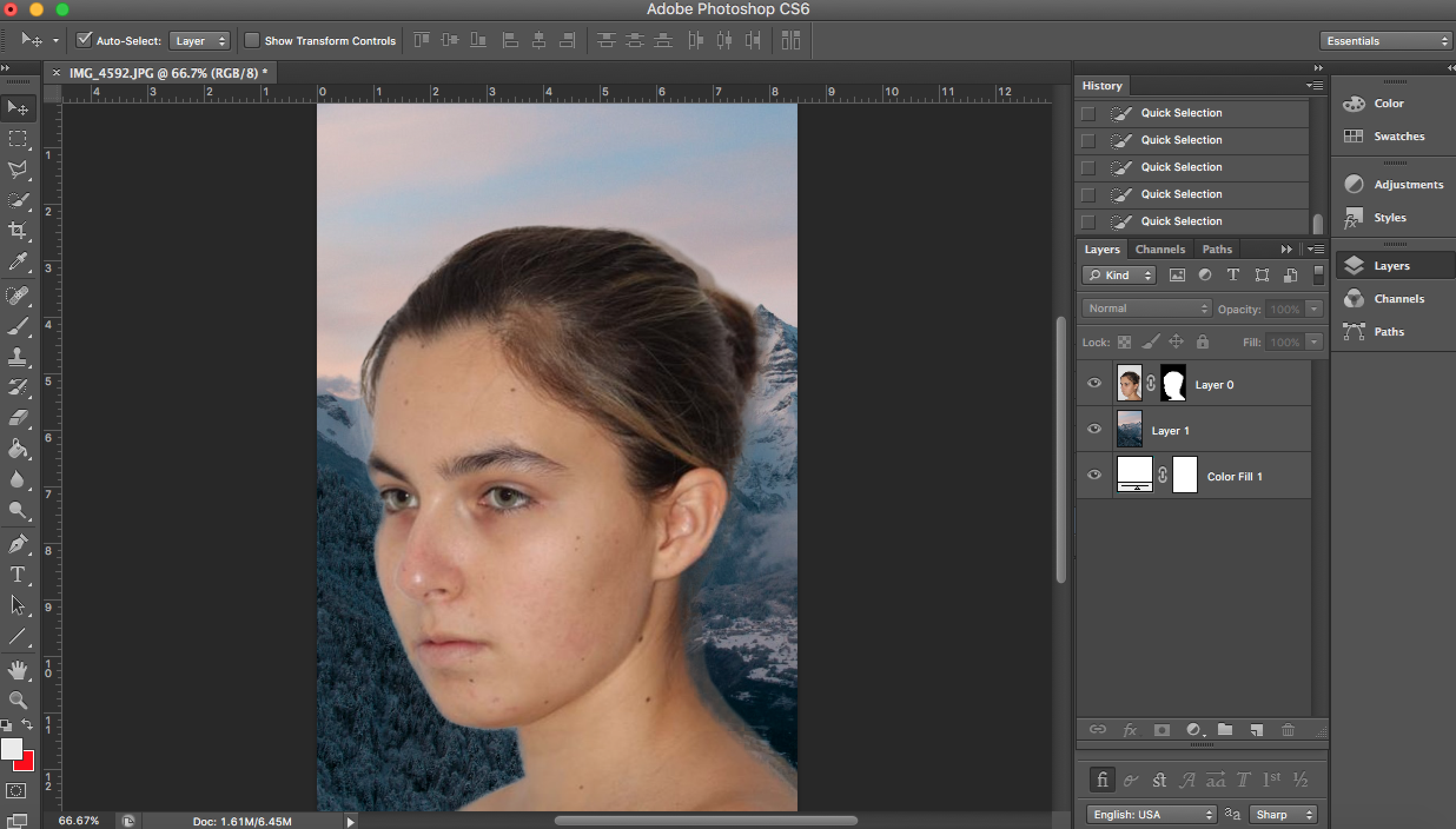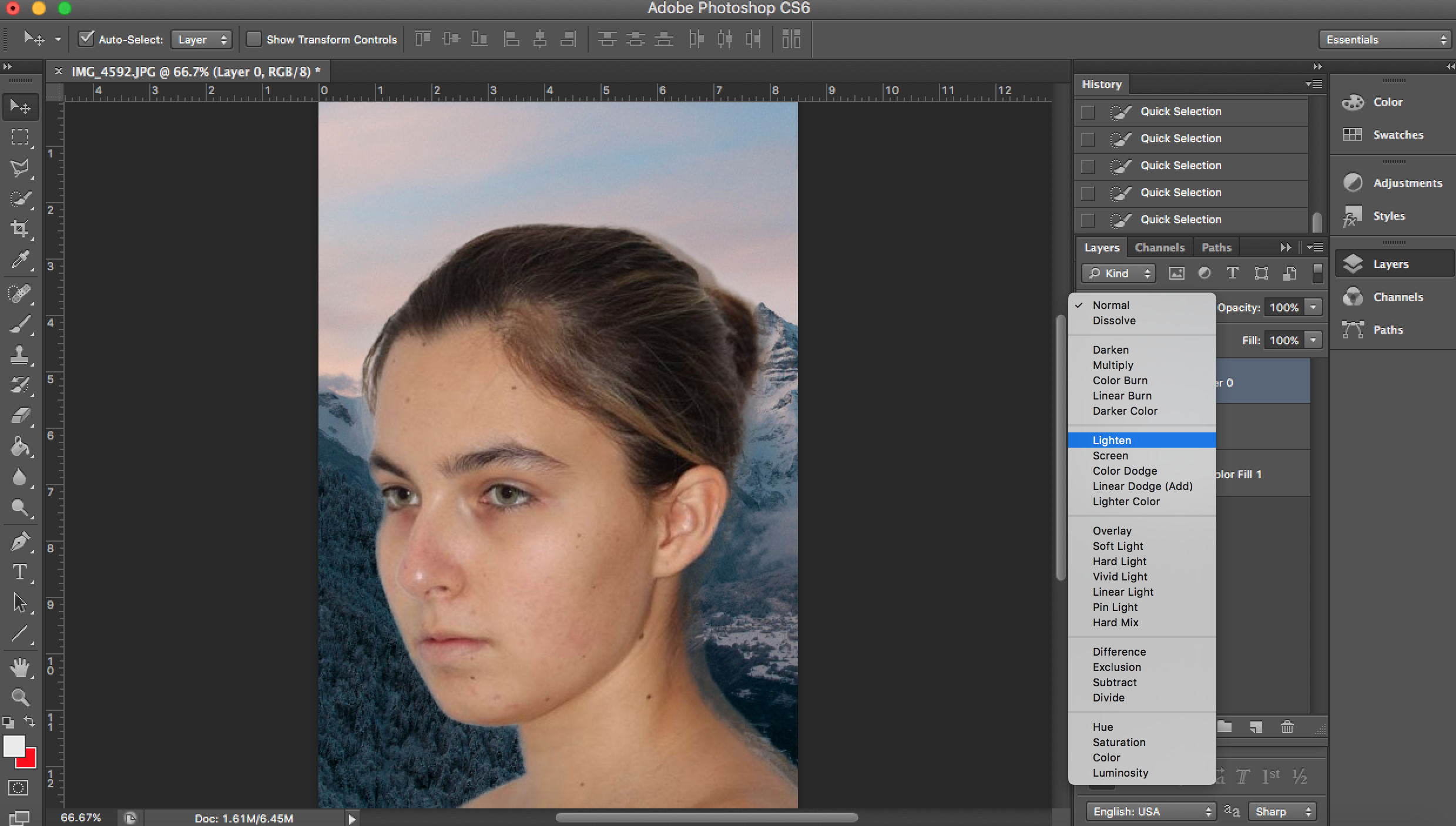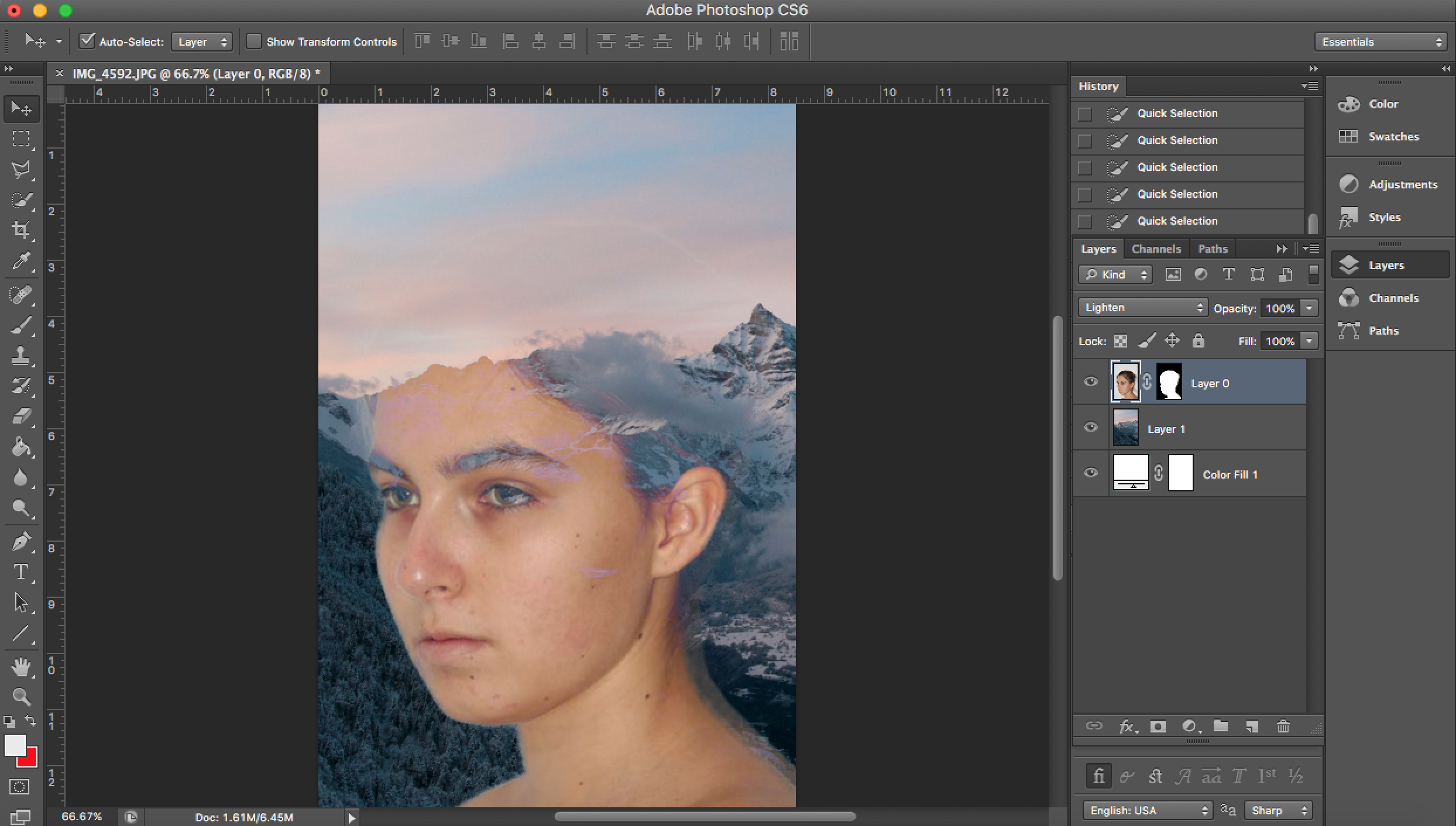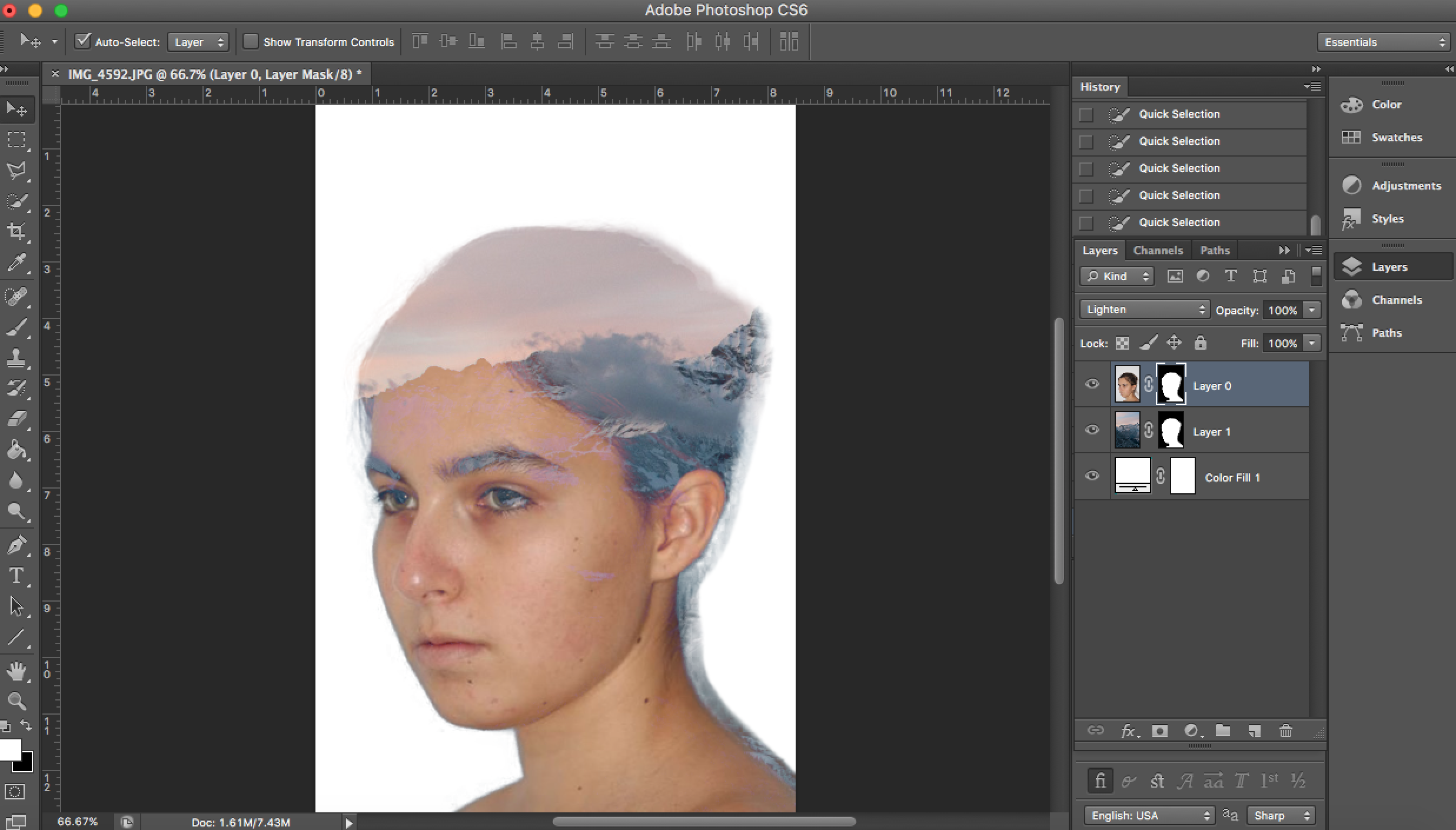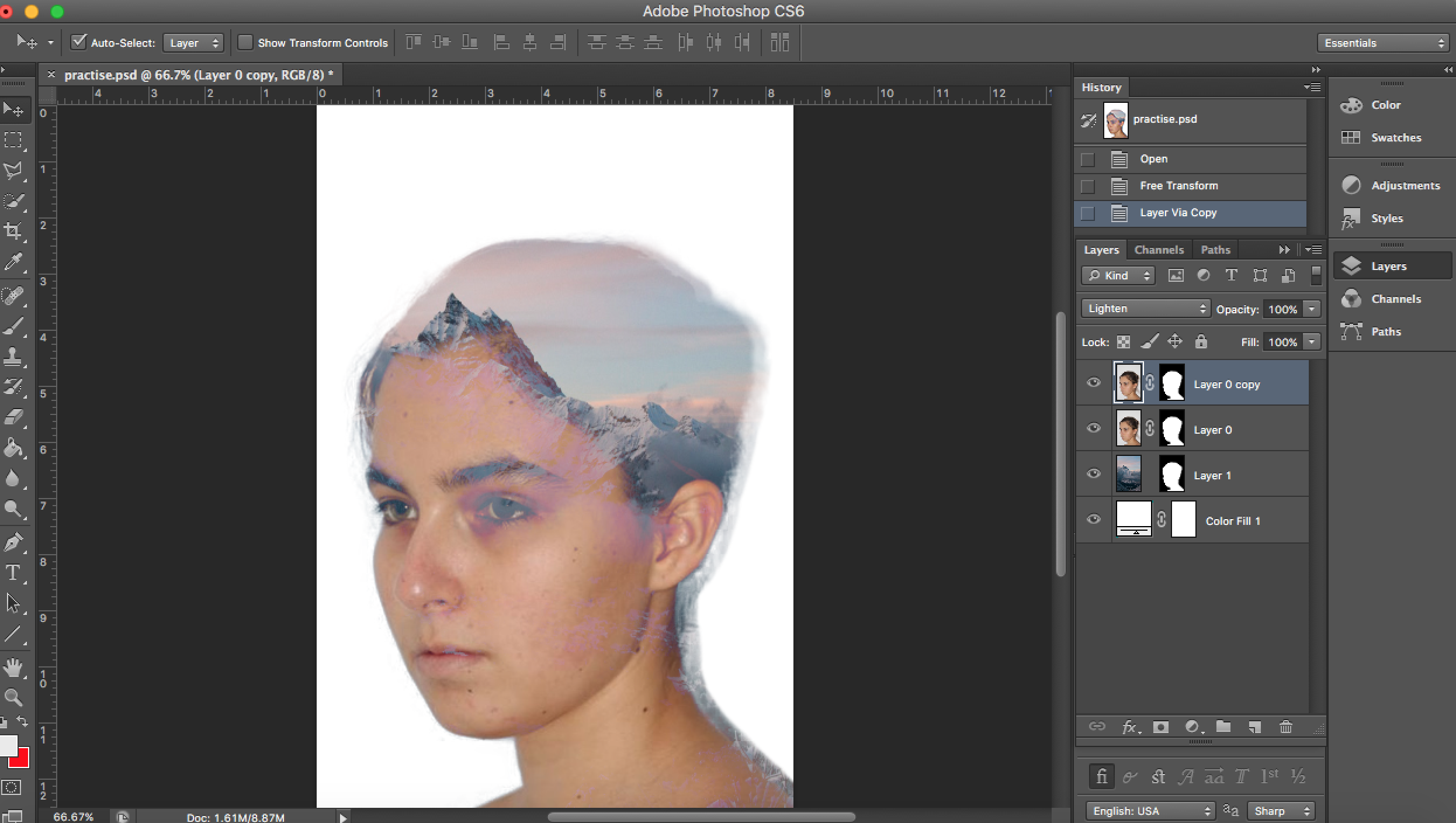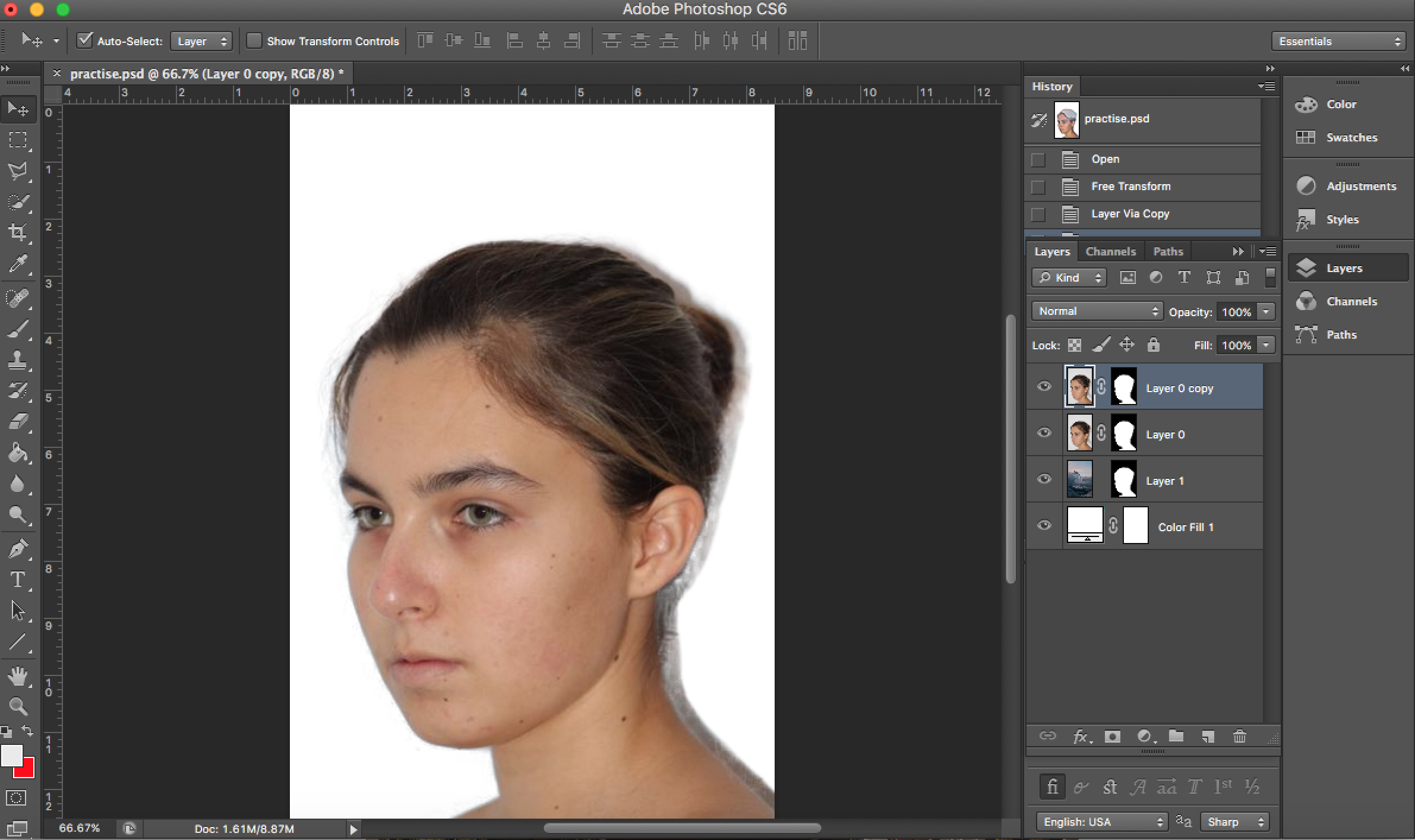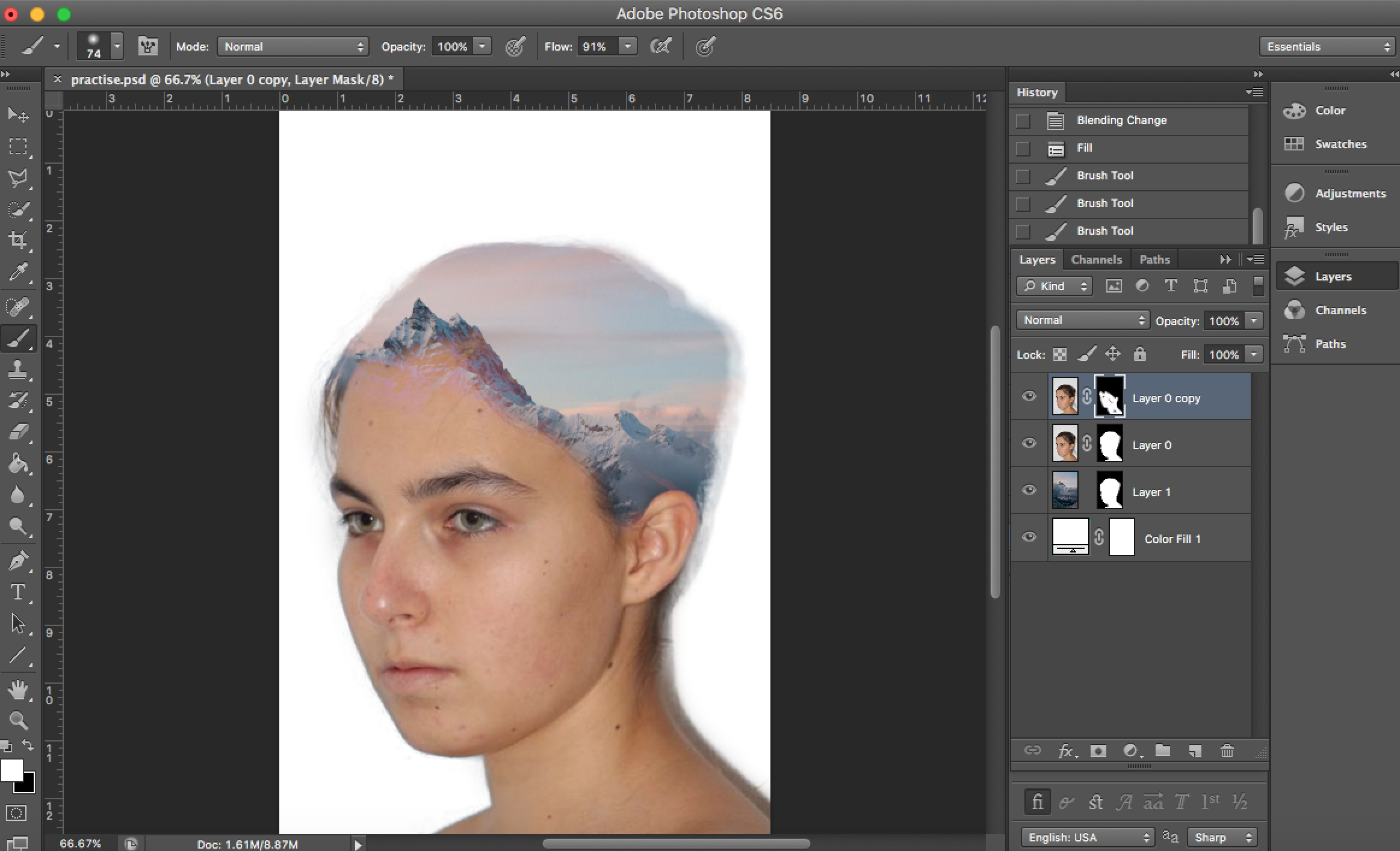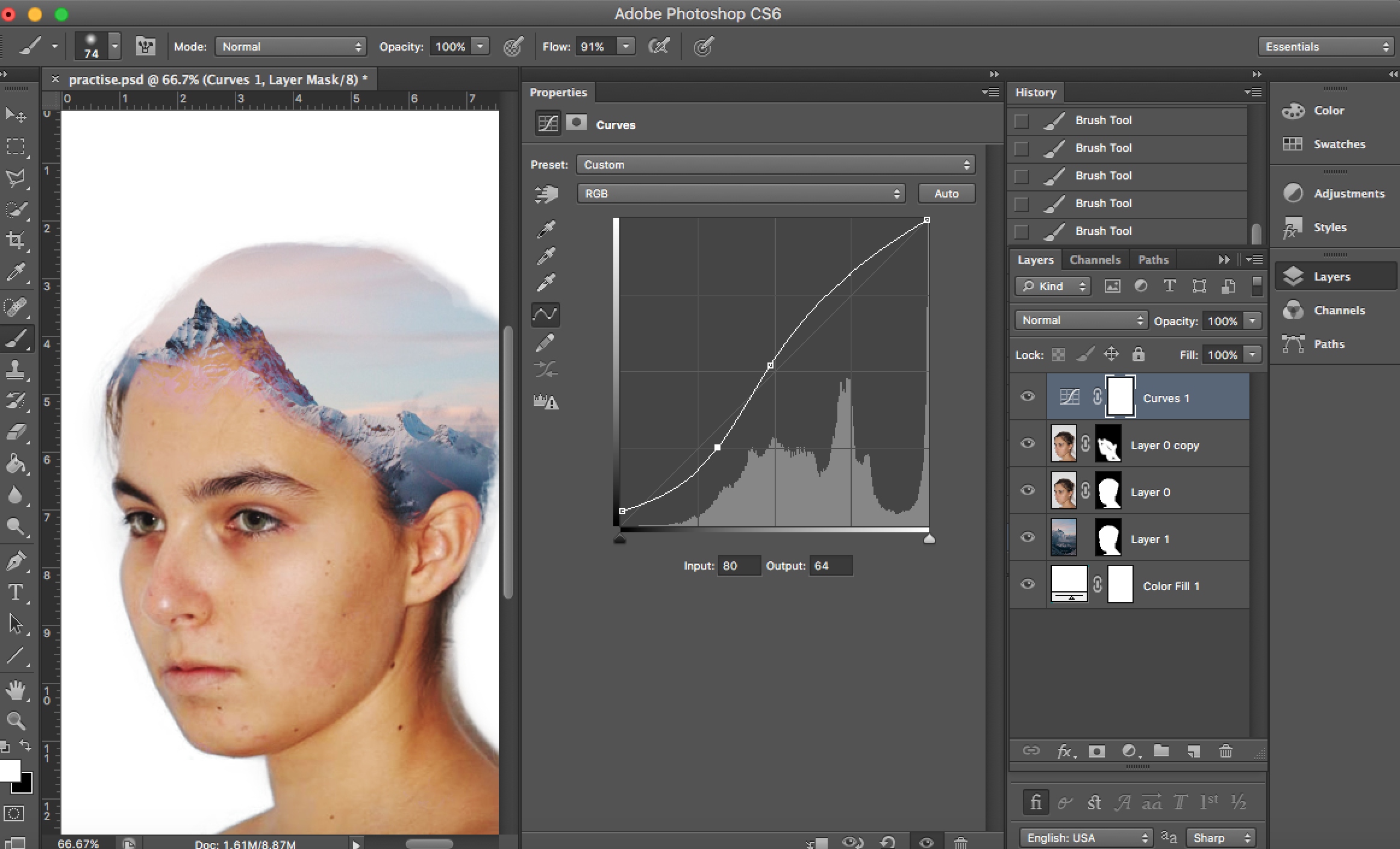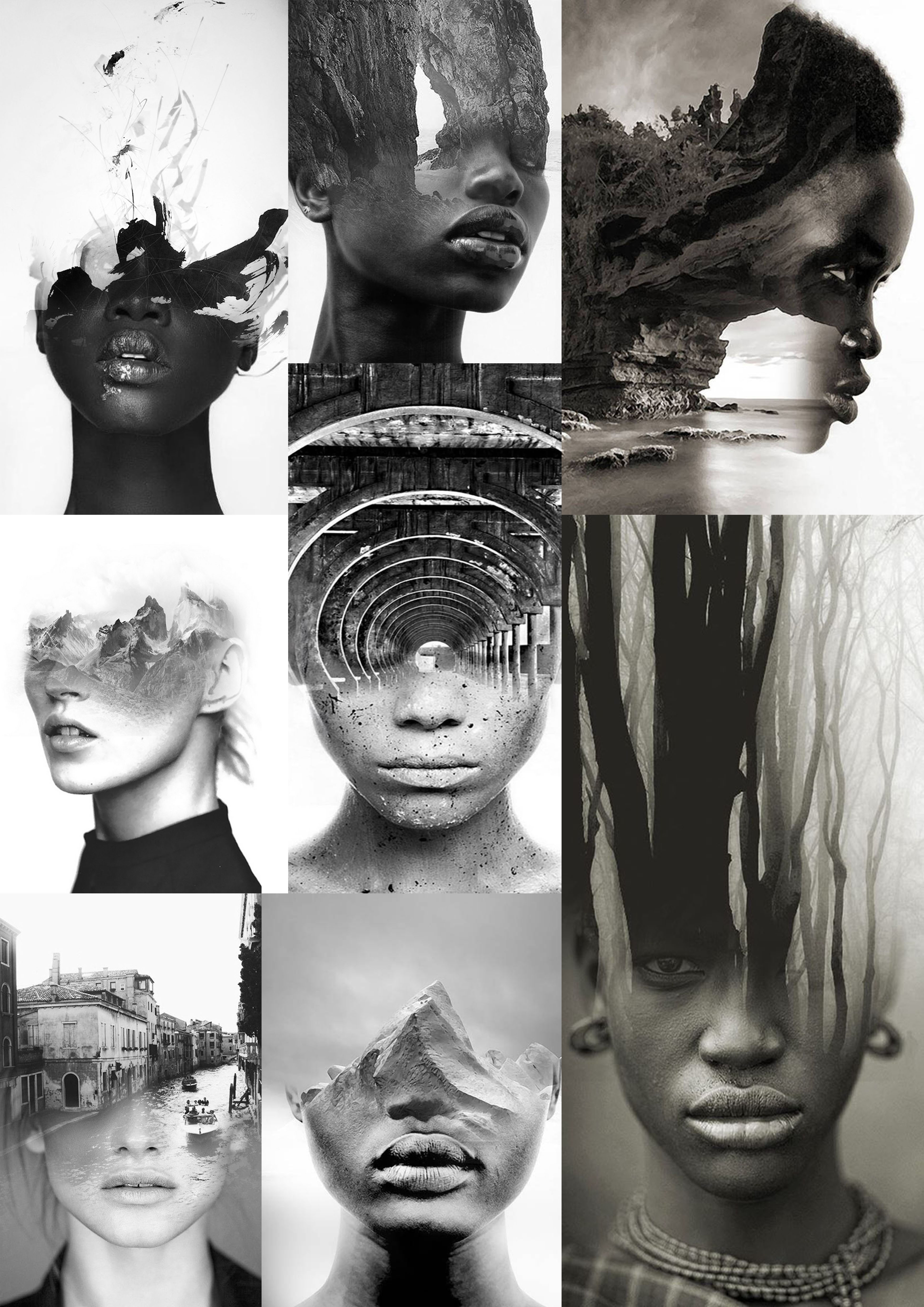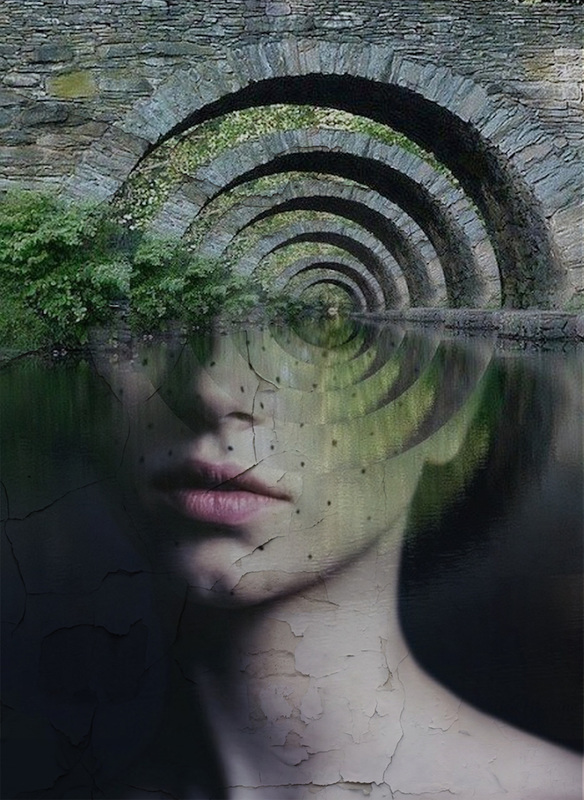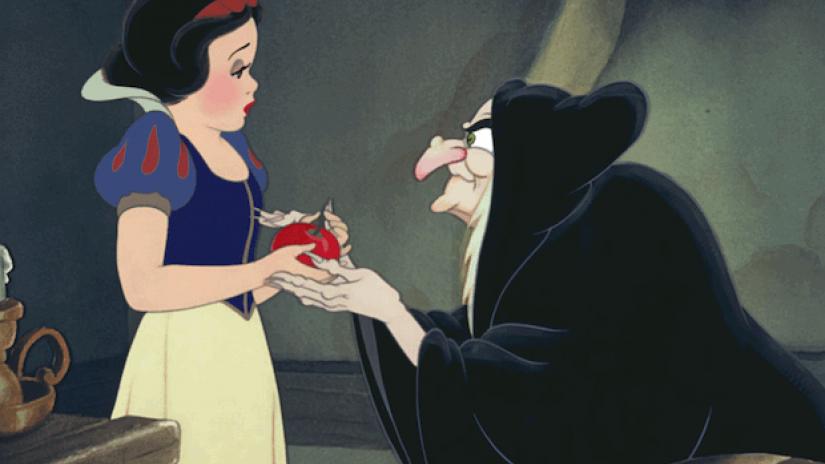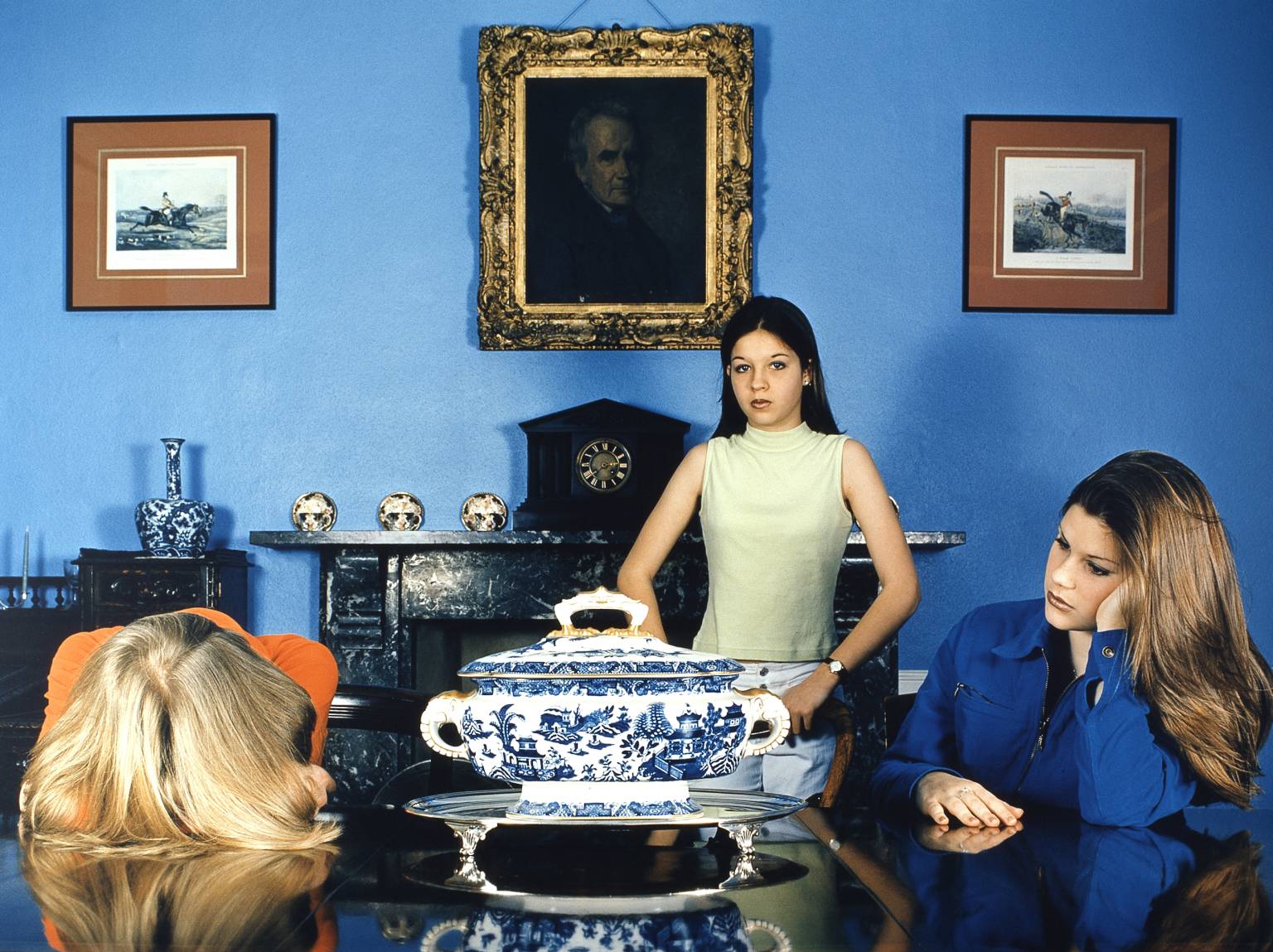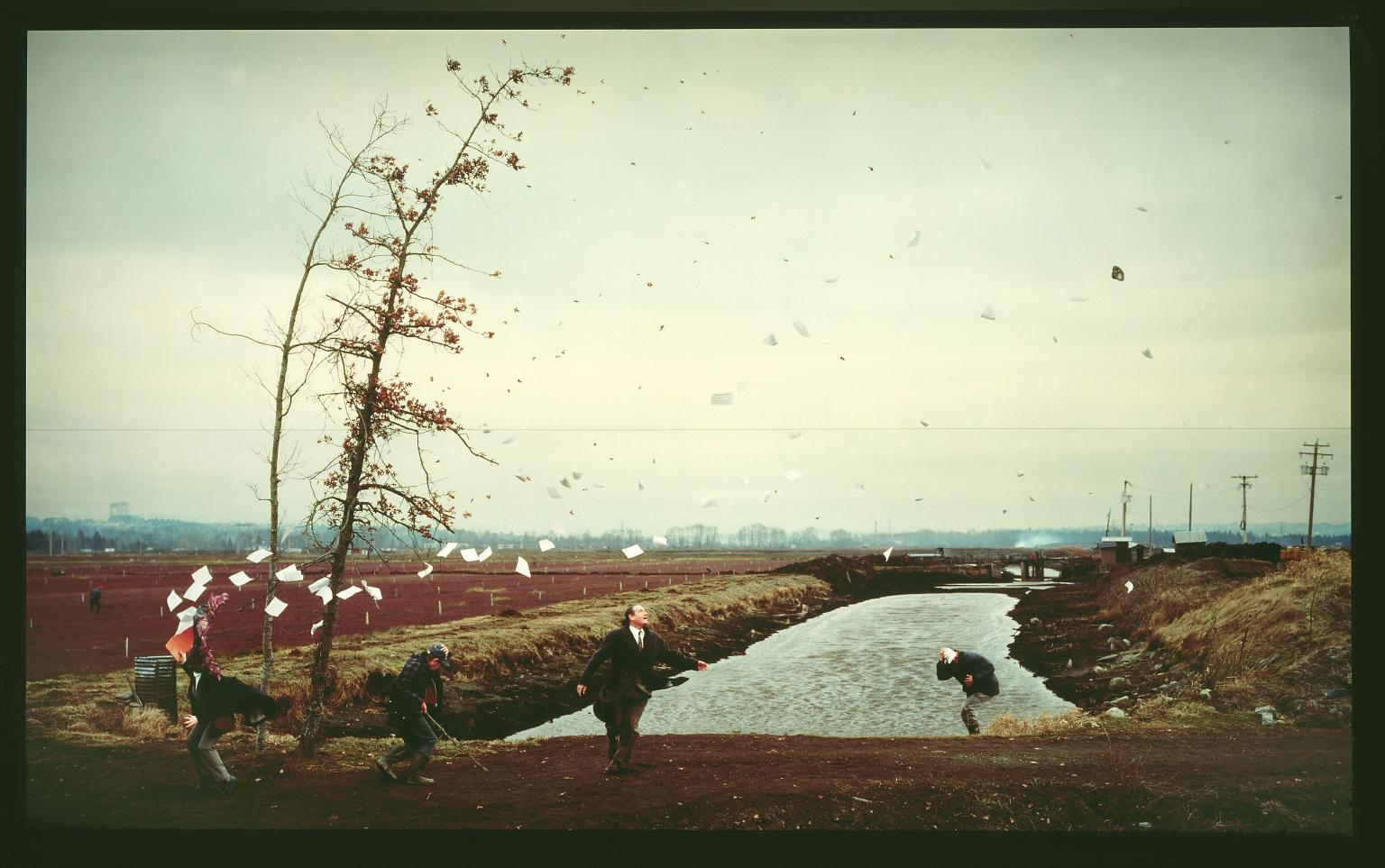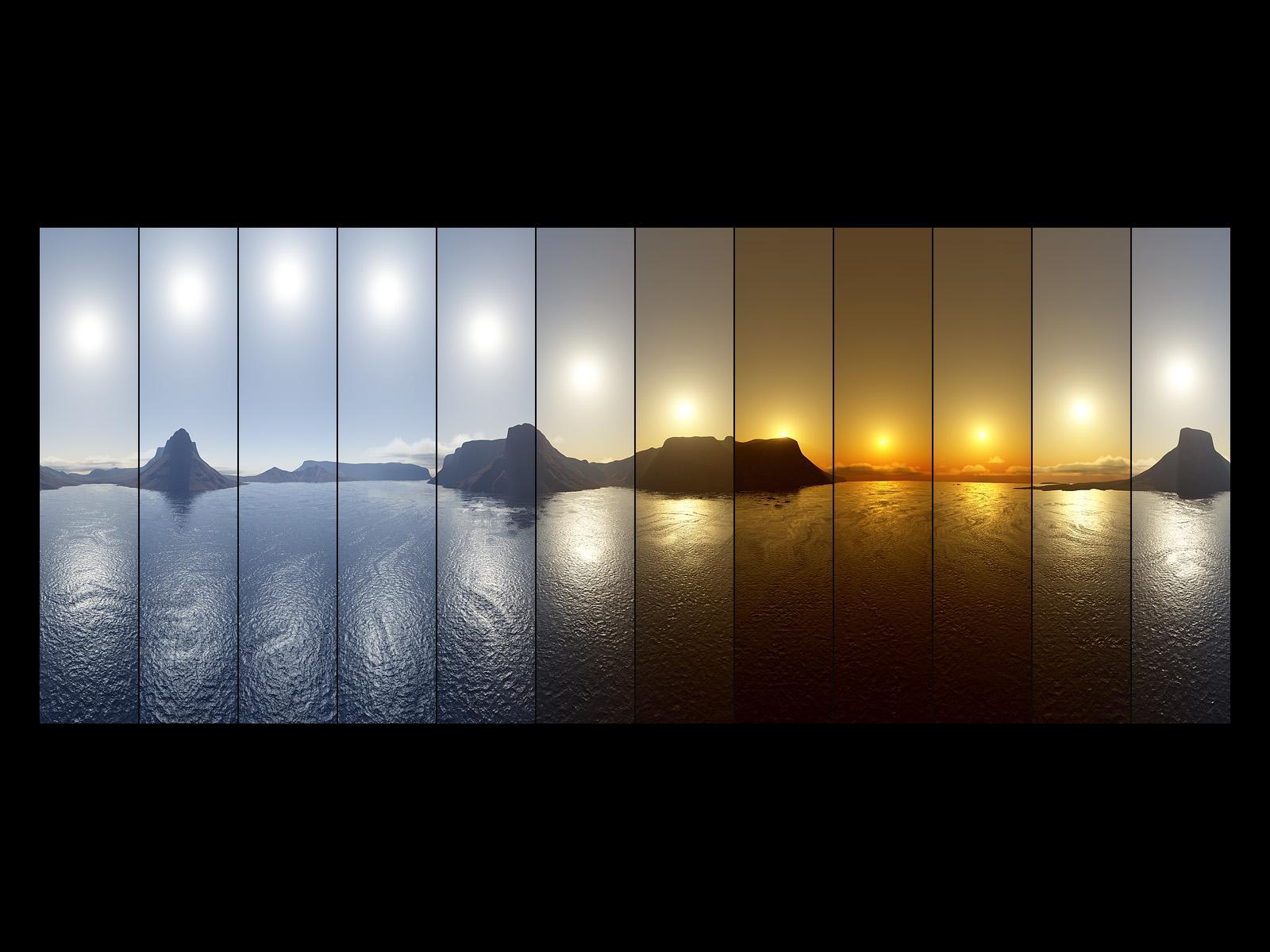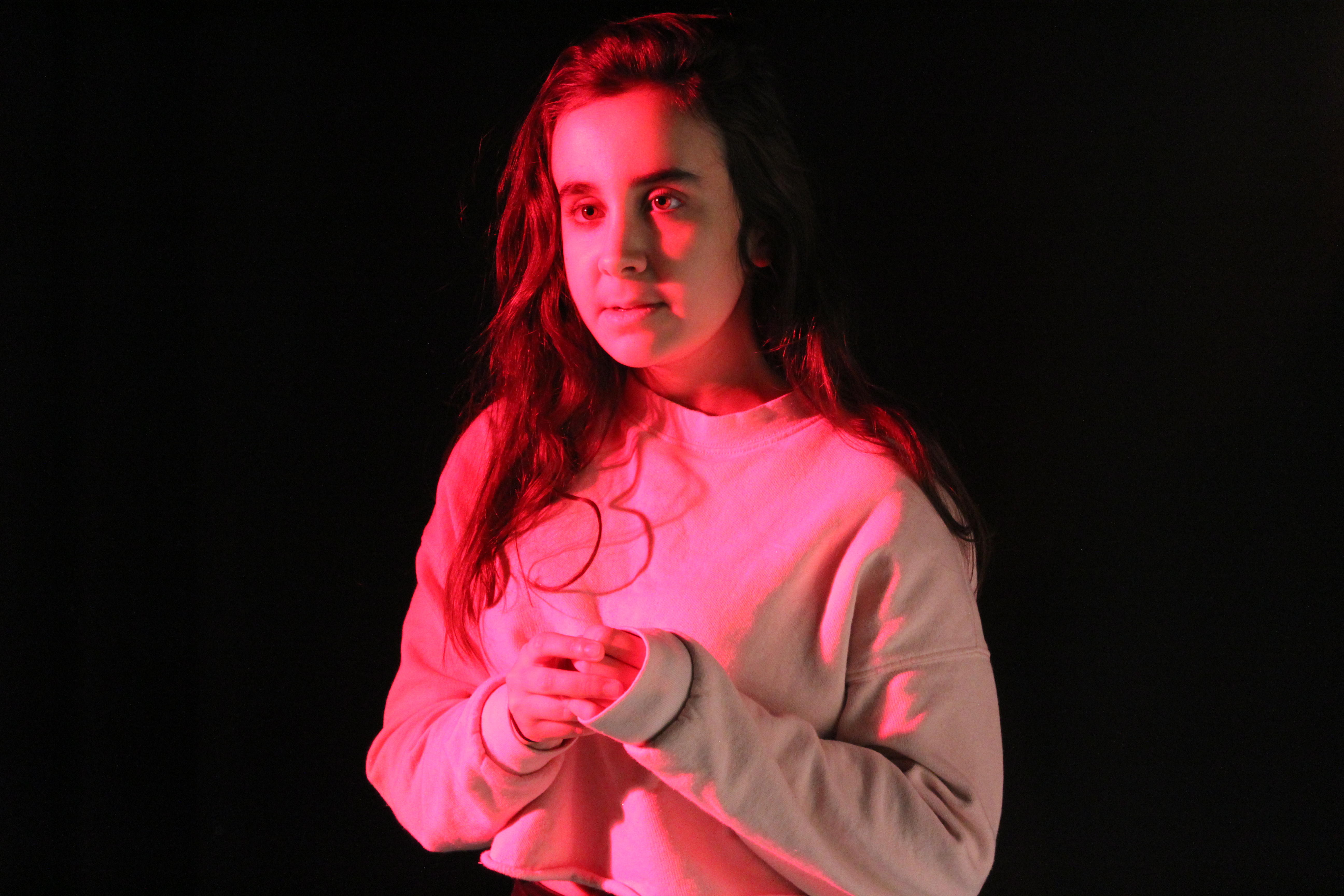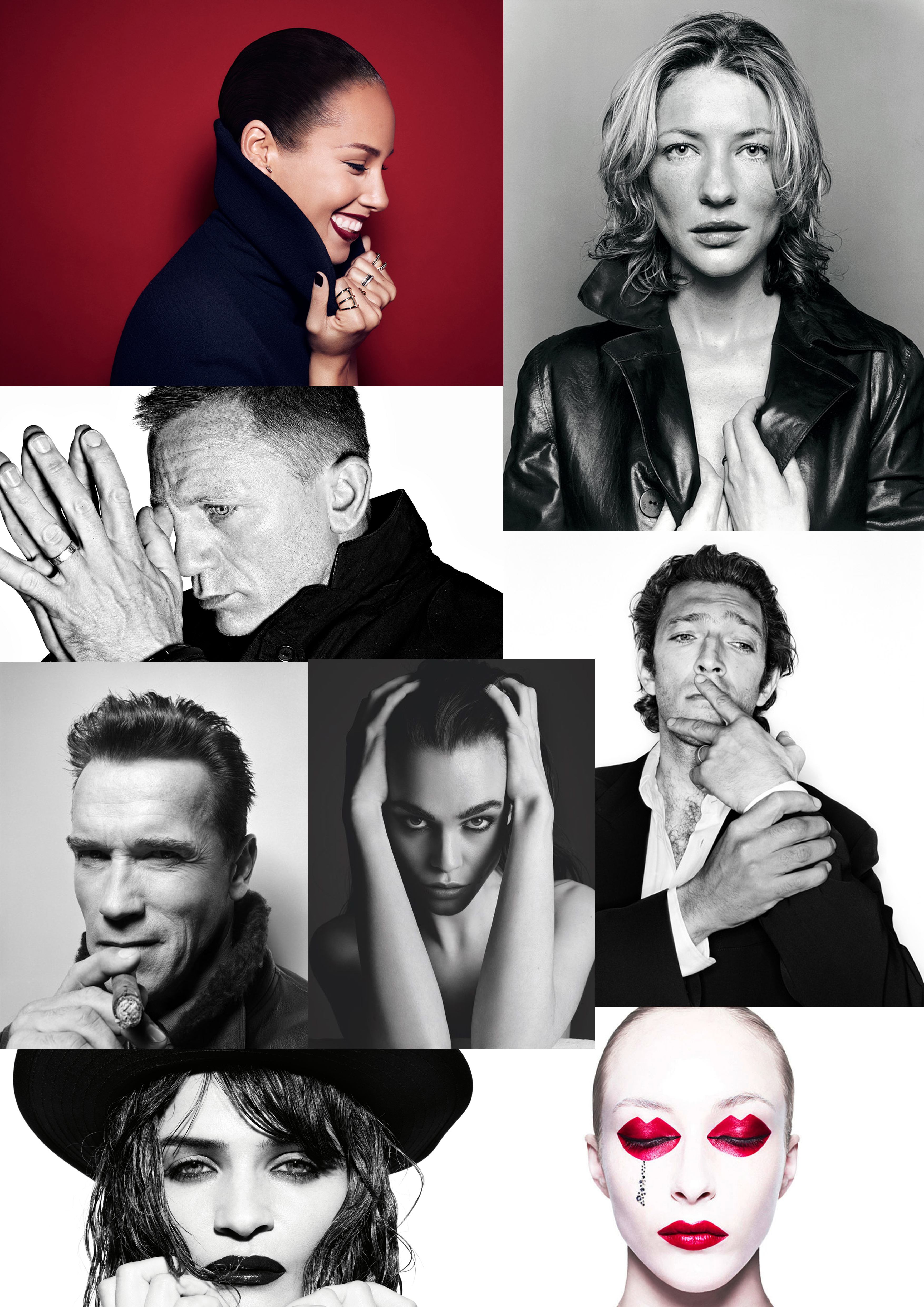The identity of a person is the characteristics they have that distinguish them from others. One’s identity can be influenced by many factors such as place, belonging, environment or upbringing. Identity can be explored through multiple forms, especially through photography, and many photographers have expressed their identity through their work.
Types of identity
Gender identity: how a person sees themselves. Only the individual can determine their own gender identity. Many people have a gender identity of a man or woman, but some people do not. People who do not identify as a man or a woman may identify as both genders, neither, between genders, or not gendered at all.
Cultural identity: the identity or feeling of belonging to a group. It is part of a person’s self conception and self perception and is related to nationality, ethnicity, religion, social class, generation, locality or any kind of social group that has its own distinct culture.
Social identity: how we identify ourselves in relation to others according to what we have in common.
Geographical identity: An individual or group’s sense of attachment to the country, region, city or village in which they live.
Political identity: a specific political party affiliation or partisan identity. Political identity can be shaped by race. Another possible factor that shapes political identity can be economic class.
Lack of / loss of identity: People who have no idea who they are or what they believe in. Sometimes they say that they simply feel non existent



